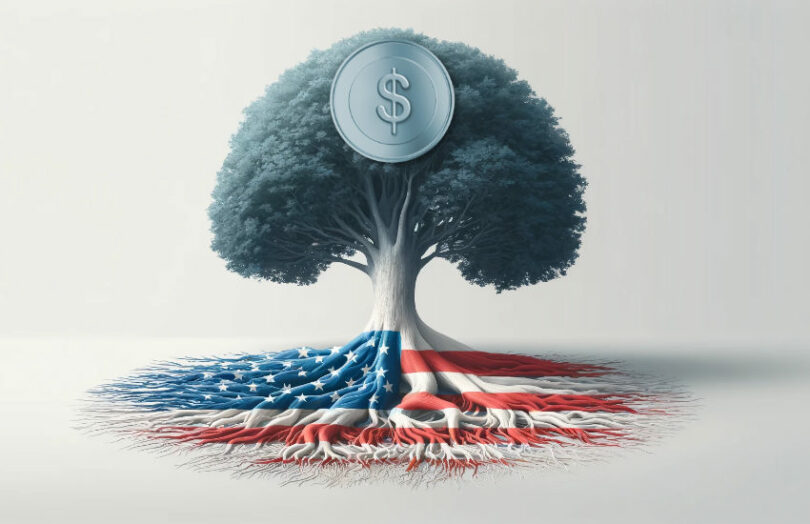Timothy Massad, the former Chair of the Commodities and Futures Commission (CFTC), published a paper on stablecoins arguing for urgent regulation for national security purposes. Ultimately, that will mean more compliance and anti money laundering procedures, potentially at the wallet and blockchain validator level, as Senator Warren proposes.
Whether or not one agrees with Mr Massad’s position, his parallels between stablecoins and the rise of eurodollars (offshore dollar banking) are thought provoking.
The paper forms part of research for the Brookings Institute, the Washington non partisan think tank.
The eurodollar history parallel
Mr Massad explains how foreign banks first started taking dollar deposits and hence creating dollars offshore in the late 1940s. The amount grew from $1 billion by 1960 to $50 billion in 1970. Before the 1973 oil crisis the policy position was to attempt to restrain the Eurodollar markets.
However, the oil crisis triggered by the OPEC export embargo increased the need for offshore dollars. Eventually European central banks stepped in to act as lenders of last resort for Eurodollars. This helped to accelerate growth with the amount of dollar-based bank liabilities held outside of the U.S. surpassing domestic banks in 2003.
Despite the money existing in foreign accounts, most dollar-based payments pass through the United States. That’s why the U.S. started using payment mechanisms as a sanctions tool during the 2000s.
The bearer nature of stablecoins
Turning to stablecoins, the challenge is their bearer nature. A key message from Massad is the absence of legislation means the United States can’t exert the same level of control over stablecoins. He argues for the need for speed. “Financial innovations can scale more rapidly than ever thought possible for reasons nobody could have anticipated,” writes Massad.
Even the latest stablecoin Bill from Senators Lummis and Gillibrand considers stablecoin issuers as financial institutions according to the Bank Secrecy Act. We can’t be sure, but we believe the onus is compliance for stablecoin issuance, redemption, and law enforcement requests. Massad mentions the oversight challenge of self hosted wallet payments.
He states that Stuart Levey, the former CEO of the Diem / Libra Association, believes that exchanges imposing FATF AML and sanctions compliance at the on and off-ramps is insufficient. Apparently, Diem / Libra eventually agreed to prohibit transfers to unhosted wallets. What’s not mentioned is that p2p payments are where the most financial inclusion benefits are achieved. Cutting out intermediaries helps address high remittance costs.
The paper argues that stablecoin issuers should monitor blockchains at a minimum and freeze coins where necessary, paralleling the Japanese framework. Additionally, the U.S. authorities may have more leverage than they realize because of redemption. It isn’t specifically mentioned, but a large proportion of Tether’s stablecoin reserves are in U.S. Treasuries, managed by Cantor Fitzgerald. Hence, even if Tether may be offshore, the trading of the Treasuries is not.
Massad concludes, “Regulators should not wait too long to act. The passage of time invites more opportunities for the unexpected to arise, for the crypto market to grow, and for illicit actors to become more sophisticated in their tools. That could make it harder to create the appropriate regulatory framework. The growth of Eurodollars happened to complement national interests; that may not happen with stablecoins.”






